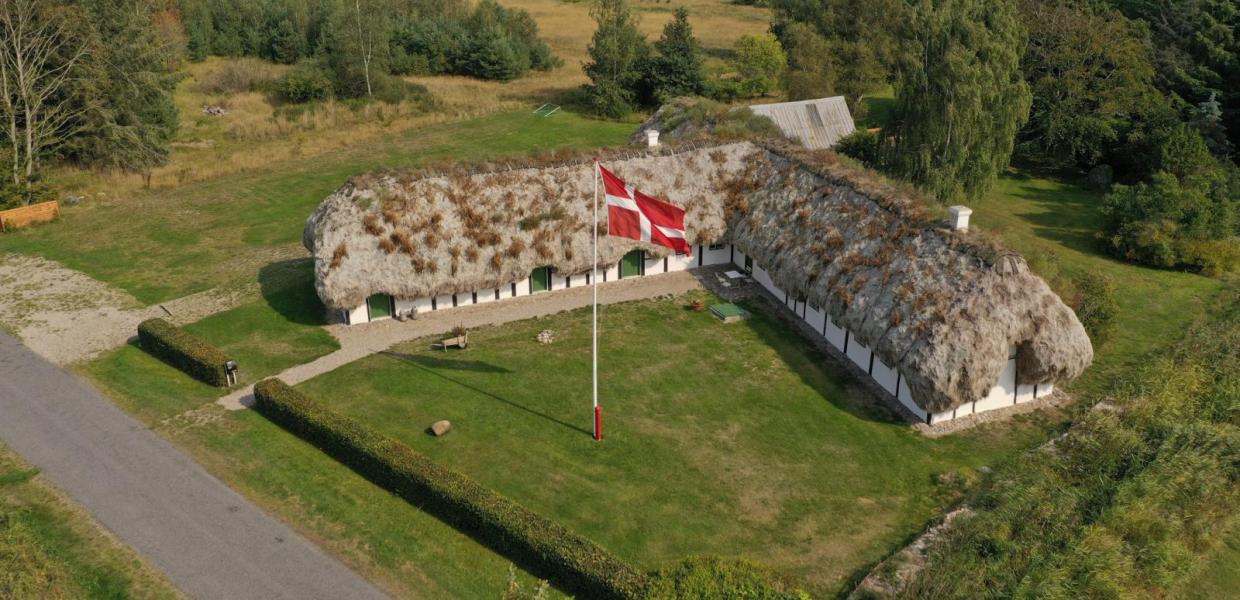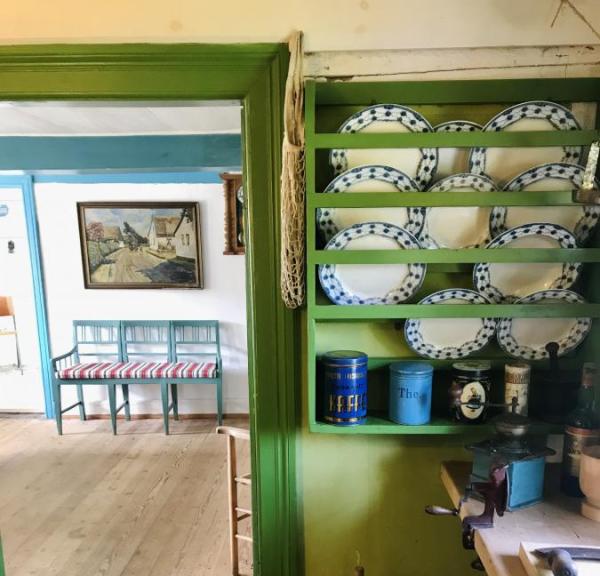Seaweed roofs on Læsø
Læsø's unique cultural heritage, the seaweed roofs, are now getting new life after decades of rapid decay
Only on Læsø
Nowhere else in the world are there as many seaweed roofs as on Læsø, and nowhere else are they made in the same way as on this island with their very own, special history. The history is long and interesting and goes back to when the first people settled on Læsø. It was not until after the Viking age, because there were no natural harbours on the island out there in Kattegat.
There were no materials for roofs, and because it was difficult to transport for example reeds for thatched roofs to the island, someone ended up having a strange and fun idea: "Why don't we use all the seaweed lying on the beaches? If we put it on in a thick enough layer, it will probably hold out the water".
No sooner said than done, which is the reason why there were seaweed roofs on pretty much all properties on Læsø many years ago. About 300, according to popular belief.
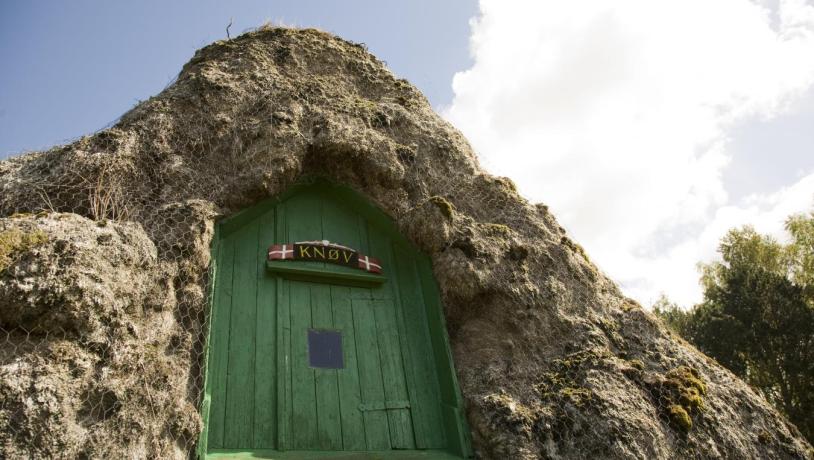
The women's island
Originally, women did the hard work of "wringing washers", as it is called translated from Danish. The rolls of eelgrass are wrung so hard that they can be tied to the lower laths of the roof. This part of the handicraft includes the story of when almost all men were out at sea, and Læsø was therefore practically a women's island.
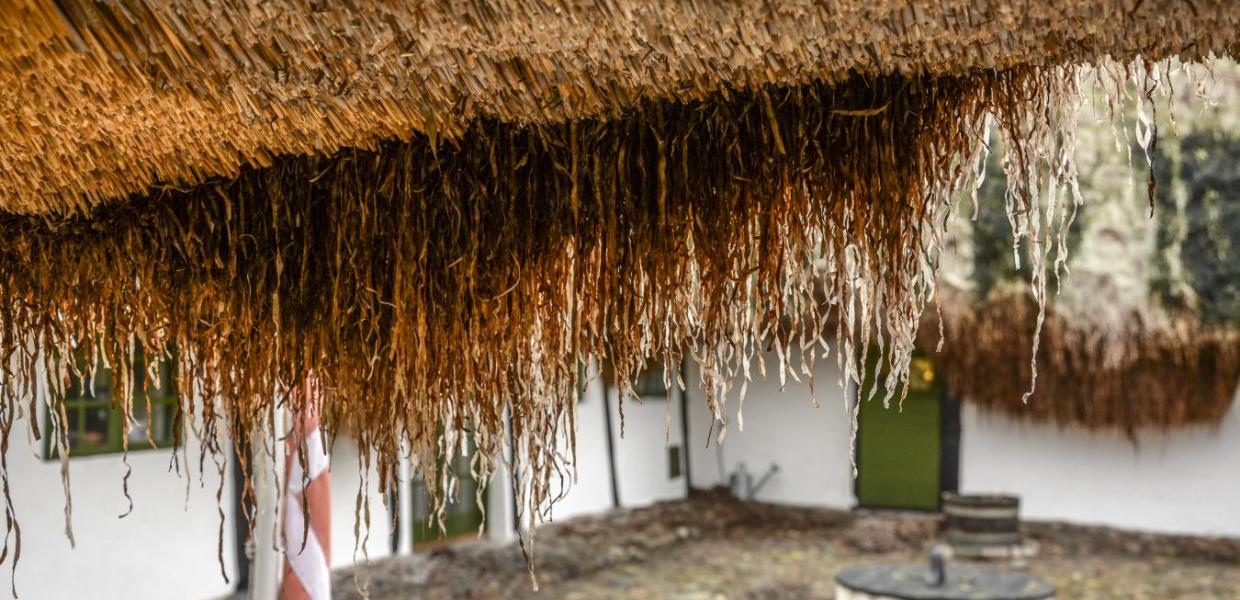
Photo:Jørgen Kaarup
Sustainable solution
A seaweed roof can last for 300 years and is made of wood from shipwrecks and eelgrass from the beach. This roof is the most durable and sustainable roof we know of.
In time the seaweed will get tangled up and help isolating the house and protecting it from rain and windy weather. Furthermore the seaweed is waterproof and fireproof.
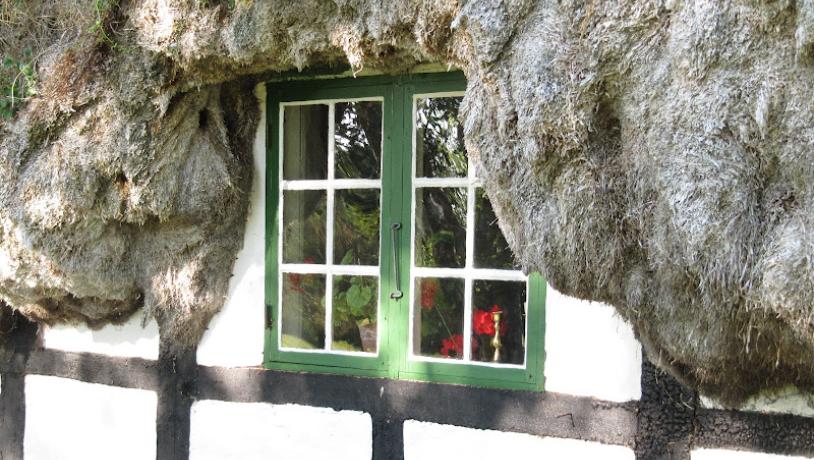
Explore the seaweed route
You can experience the unique seaweed houses on to different routes, on which some of the house already have been restored and some yet haven't.
Most of the houses are privately owned and can therefore only be seen from the outside. If you want to explore a seaweed roof from the inside you can visit Museumsgården or Hedvigs Hus.
Seaweed roof revival
"Project save the seaweed roofs" is now a reality after several years of run-up. The foundations A.P. Møller Fonden and Augustinus Fonden and the Danish Agency for Culture and Palaces have together set aside 31 million Danish kroner for the extensive restoration of the houses most worthy of preservation, which will be given new seaweed roofs.
Therefore, tourists can now see this very special handicraft being perfomed in pratice. From early spring to late autumn, Læsø's thatcher works on making new roofs of eelgrass.
You can read more about the project on this website
Cultural heritage
Læsø is on a journey to get Læsø Salt and the seaweed roofs accepted on the international UNESCO List.
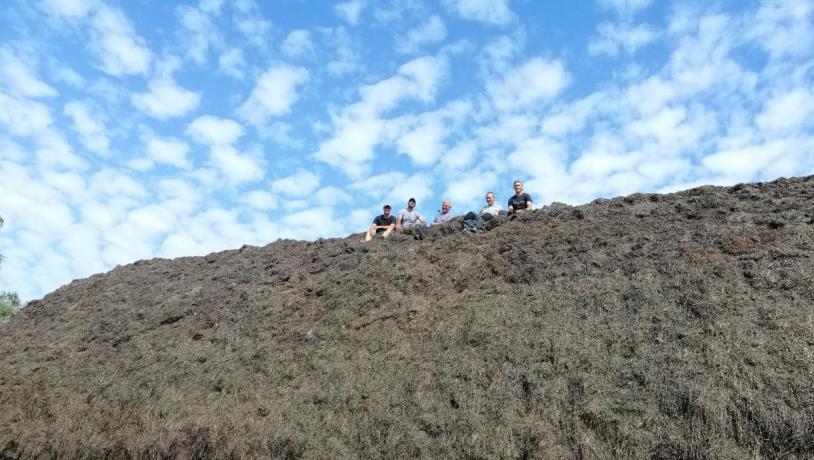
Tanghusene på Læsø
– et historisk skatkammer
Lillian Kristensen, projektkoordinator, på vegne af ”Tanghusprojektet
De magiske tanghuse bærer øens fortælling gennem mere end 500 år; fra store robuste huse af solidt tømmer bygget i perioder med rigdommen fra saltsydning og skudesejlads og til små sammensatte huse, bygget af strandingstømmer i armoden opstået efter sandflugten. En stærk fortælling om en robust ø med evne til at tilpasse sig de stadig skiftende livsbetingelser.
Læsøs tanghuse har de sidste 100 år været i stærkt forfald og i antal reduceret fra 330 til 30. I sidste øjeblik er denne unikke kulturarv blevet reddet.
Efter et par pilotprojekter er der i perioden 2016-2025 gennemført et projekt ”Red Tanghusene”, så 22 nyrestaurerede tanghuse har fået metertykke tangtage af ålegræs, som igen kan holde flere hundrede år.
Opskriften er ret enestående med mange aktører - ingen kan undværes! Og resultatet helt unikt og en UNESCO-nominering værdig.
Man tager….
- 22 forfaldne tanghuse, og inviterer ejerne med i et restaureringsprojekt for at redde de sidste tanghuse og genskabe tagene som i fordums tid - til fælles stolthed
- 70 mio.kr., doneret af A.P. Møller Fonden og Slots- og Kulturstyrelsen for bordenden som styregruppe, suppleret af Louis Hansenfonden og Augustinusfonden.
- Et tilskud på 90% til hvert tanghuse til tangtag og facade.
- Etablering af Læsø Tangtage A/S, som holder styr på penge i tæt samarbejde med styregruppen.
- Tængemænd, der nedtager de gamle tage og tænger nyt tørt ålegræs op
- Dygtige restaureringsarkitekter hentet fra Møn, Jylland og Fyn til at designe og styre projekterne.
- Håndværkere, der giver sig i kast med gamle tømmersamlinger og reparationer, linoliemaling og bindingsværksstolper.
- Tangbønder, der høster ålegræs til projektet på Møn, Bogø og nu også Limfjorden.
- Vognmanden, der kører 1.100.000 kg tørret ålegræs i ca. 5.000 rundballer til Læsø
- Det gode skib SAMKA fra Marstal, der flere gange har sejlet store ladninger med ca. 30 tons ålegræs fra Stege til Østerby – hvor ankomsten er fejret med stor festivitas.
- En stor flok ildsjæle, museumsfolk, foreninger, bestyrelser og tanghusejere, og hele øen som hjælper med formidling.
- Undervejs er fortællingen om tanghusenes historie foldet ud med god hjælp fra Lokalhistorisk arkiv samt slægtsforsker Kurt Dahl.
- Et Læsø, der summer af stolthed over den genvundne kulturhistorie
Ja, en omfattende opskrift, et skønt stort postyr og efter 8 års tilberedning er den færdige ret klar:
22 nyrestaurerede tanghuse på Læsø, som bærer hver sin spændende fortælling og brik til Læsøs kulturarvshistorie - som nu er kandidat til at blive UNESCO Verdenarv.
Sikke en rejse – og KÆMPE tak for samarbejdet til alle, som tilsammen har fået dette til at lykkes.
Velkommen, alle vores gæster, til at opleve de unikke tanghuse!
